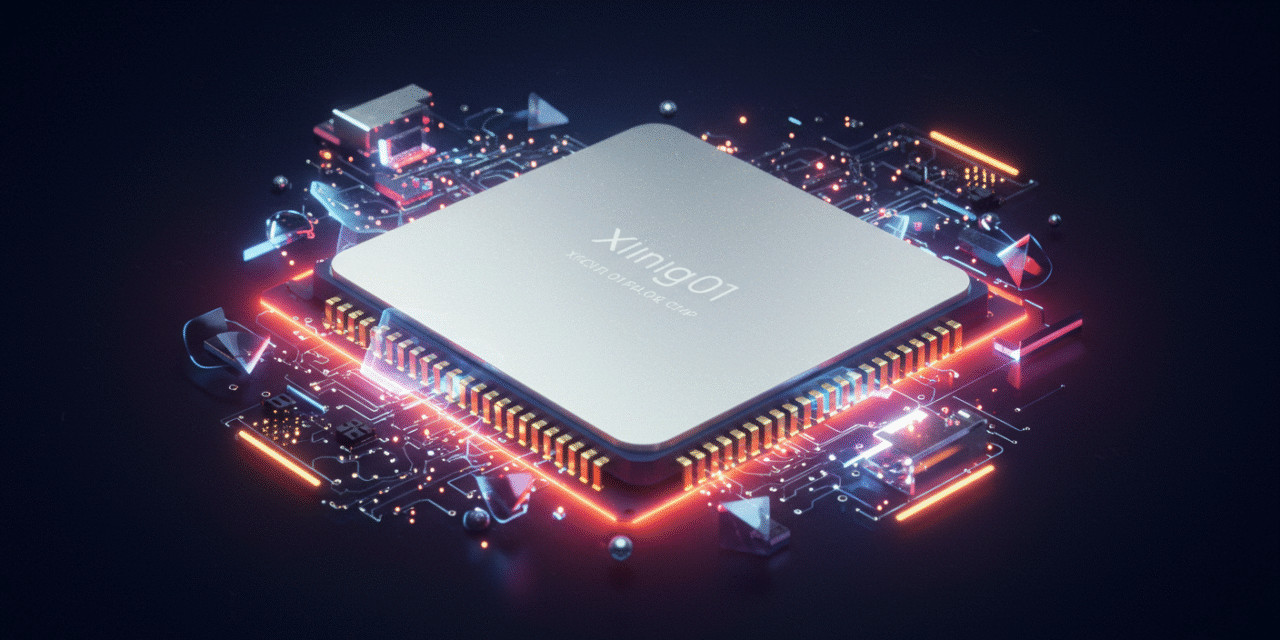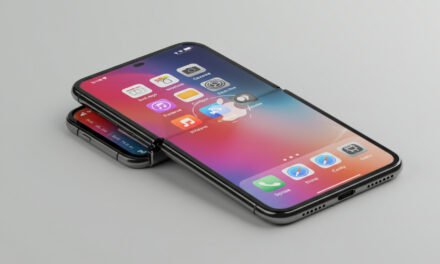Xiaomi’s Bold Leap into Silicon Sovereignty
In a move that could redefine the smartphone landscape, Xiaomi is set to unveil its first in-house flagship mobile processor, the Xring 01, on May 22, 2025. This announcement marks a significant milestone for the Chinese tech giant, signalling its ambition to rival industry leaders like Apple and Qualcomm in the realm of custom silicon.
The Genesis of Xring 01: A $7 Billion Investment
Xiaomi’s journey into chip development hasn’t been without its challenges. After an initial attempt with the Surge S1 in 2017, which didn’t gain much traction, the company paused its chipmaking endeavours. However, in 2021, Xiaomi reignited its ambitions, committing to a 10-year plan with a whopping $7 billion investment in semiconductor research and development.
The result of this renewed focus is the Xring 01, a processor that embodies Xiaomi’s vision of integrating hardware and software to deliver a seamless user experience.
Technical Specifications: What We Know So Far
While Xiaomi has kept specific details under wraps, several leaks and reports have shed light on the Xring 01’s capabilities:
- Manufacturing Process: Built on TSMC’s advanced 3nm process, the Xring 01 is poised to offer significant improvements in performance and energy efficiency.
- CPU Configuration: The chip reportedly features a 10-core ARM Cortex CPU setup, including two high-performance Cortex-X925 cores clocked at 3.9 GHz, promising robust multitasking and processing power.
- GPU: Equipped with a 16-core Mali G925 GPU, the Xring 01 aims to deliver enhanced graphics performance, catering to gamers and multimedia enthusiasts alike.
- Transistor Count: With over 19 billion transistors, the chip is expected to handle complex tasks with ease, from AI computations to high-resolution video processing.
Performance Benchmarks: A New Contender Emerges
Early Geekbench results suggest that the Xring 01 holds its own against industry heavyweights. The chip reportedly scores 3,119 in single-core and 9,673 in multi-core tests, placing it on par with Qualcomm’s Snapdragon 8 Elite and surpassing Samsung’s Exynos 2400.
These impressive numbers indicate that Xiaomi’s in-house chip could offer competitive performance, potentially reducing the company’s reliance on external suppliers like Qualcomm and MediaTek.
Strategic Implications: More Than Just a Chip
Xiaomi’s foray into custom chip development is not merely about performance gains; it’s a strategic move to gain greater control over its product ecosystem. By designing its own processors, Xiaomi can optimize hardware and software integration, leading to improved efficiency, better battery life, and unique features tailored to its devices.
This approach mirrors that of Apple, which has successfully leveraged its A-series chips to create a tightly integrated ecosystem. Xiaomi’s investment in chip development could similarly pave the way for innovations across its product lineup, including smartphones, tablets, and even electric vehicles.
Looking Ahead: The Future of Xiaomi’s Silicon Ambitions
The launch of the Xring 01 is just the beginning of Xiaomi’s journey into semiconductor development. With a dedicated team of over 2,500 engineers and a decade-long investment plan, the company is poised to make significant strides in this domain. Reuters
As Xiaomi continues to refine its chip designs and expand its capabilities, we can expect to see more devices powered by in-house processors, further solidifying the company’s position in the global tech arena.
Conclusion: A New Era for Xiaomi
Xiaomi’s introduction of the Xring 01 marks a pivotal moment in the company’s evolution. By entering the realm of custom chip development, Xiaomi is not only enhancing its product offerings but also asserting its independence in a competitive industry.
As the Xring 01 makes its debut, consumers and competitors alike will be watching closely to see how this new player reshapes the landscape of mobile technology.





